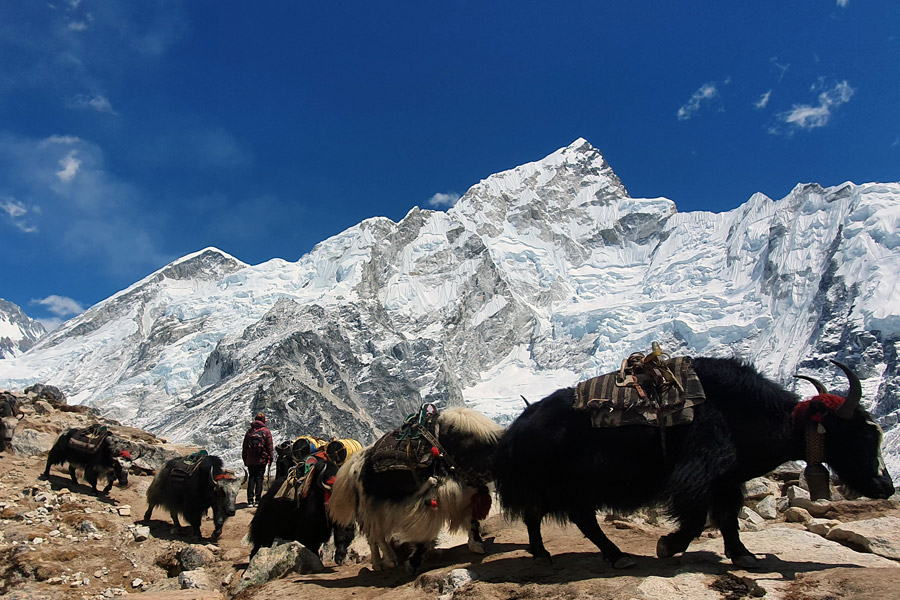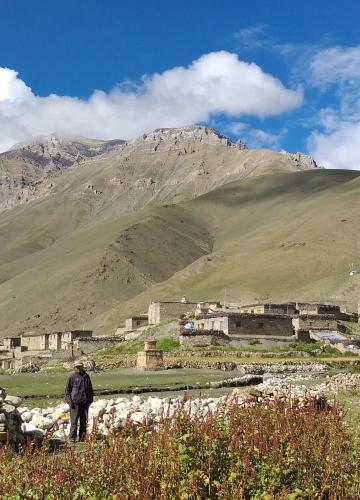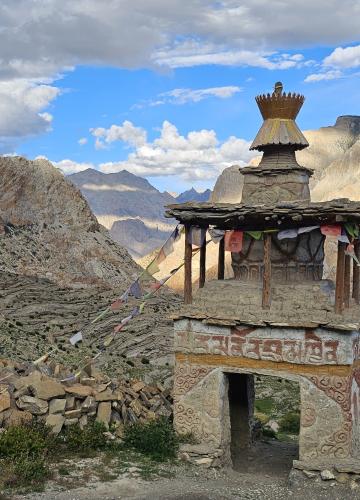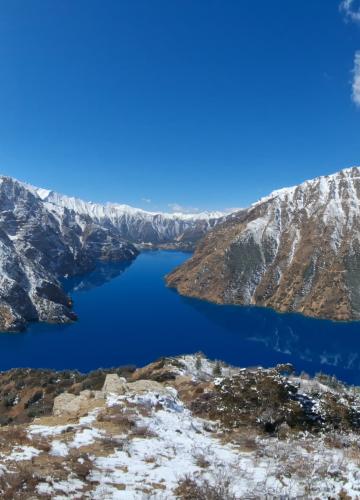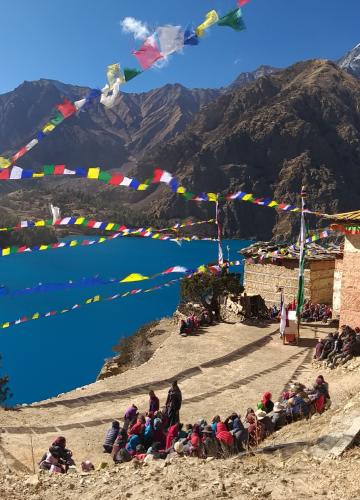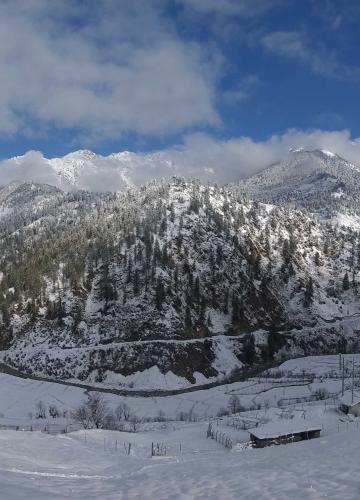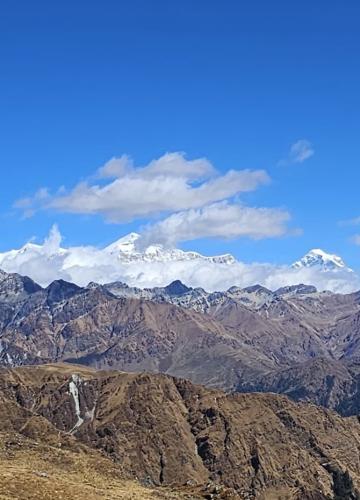The Everest Base Camp Trek is one of the most popular and challenging treks in Nepal. The trek takes you through the stunning Khumbu Valley, where you will be surrounded by some of the highest peaks in the world, including Mount Everest (8,848 meters).
Mount Everest (8850m) was climbed for the first time on May 29, 1953, by Sir Edmund Hillary and Tenzing Norgay Sherpa.
The Everest Base Camp trek begins and ends in Lukla. The journey starts along the Dudh Koshi River’s bank, passing through the Sagarmatha National Park on the way to Namche Bazaar. Namche is the main trading point in the Everest region, which is known as the gateway of the Khumbu trek and an acclimatization destination.
This trek will provide you with a natural thrill as it takes you through breathtaking high-altitude landscapes, esoteric Buddhist monasteries, traditional Sherpa villages, high-altitude flora and fauna, and snow-capped mountains. We visit the renowned and big Tengboche Monastery. We will continue our walk to Dingboche and eventually to Lobuche from here. During the hike, you can see Lhotse, Nuptse, Makalu, Ama Dablam, and many more peaks.
We hike to Gorak Shep and walk alongside the Khumbu Glacier until we reach Mount Everest base camp. We sleep at the highest point at Gorekshep (5140m).
The following day, when we hike up Kala Patthar, where we can see the sunrise over Mt. Everest and other peaks. The best viewpoint point to observe sunrise and Mt. Everest and Khumbu Glacier, the world's deepest glacier. After observing the scenery for a while, we return to Gorak Shep and descend towards Pheriche Village.
The trek starts with a scenic flight from Kathmandu to Lukla, followed by a trek through picturesque Sherpa villages, dense forests, and glacial rivers. The trek also includes visits to ancient monasteries, such as at Tengboche, and Pangpoche, and breathtaking viewpoints, such as Kala Patthar. The trek is challenging, but the rewards are immense, including the opportunity to experience the unique culture and hospitality of the Sherpa people.
Why Choose Everest Base Camp Trek?
EBC trek is one of the most thrilling and challenging treks in the world for tourists who are interested in trekking in the Himalayas. Encamped at the base of Mount Everest-some of the highest mountains in the world-is the dream of many a trekker. This 17-day trek explores the breathtaking landscape of the Khumbu region and involves trip to traditional Sherpa villages, Numismaronies, and suspension bridges over the stream. The trail provides some of the finest views of high mountains such as Lhotse, Nuptse and the beautiful Ama Dablam. During the journey, you will hike through the Sagarmatha National Park which has been listed as the UNESCO world heritage site due to its remarkable wildlife and geographical features. This is the ultimate reward of the strenuous but fulfilling trek to arrive at the Everest Base Camp (5,364m) with a backdrop of the Khumbu Icefall.
Best Season To Visit Everest Base Camp
The best time for an EBC trek is during the spring (March to May) and the fall (September to November). Spring is comparatively warm and the prospects to appreciate trails filled with blooms of colourful rhododendrons. One is able to enjoy unrivaled views of the mountains such as the ever popular Everest during the course of this season due to clear weather. The autumn season is also good as there are clear skies after monsoon and the trekking conditions are great with the views of the Himalayas. However, it is not advisable during monsoon from June to August as the trails get slippery and muddy, but since it is a rain shadow region, there could be fewer tourists and greener surroundings. The coldest time is from December to February, which attracts fewer people because of low temperatures and snow; however, hikers who come in this time will have empty trails, and clear skies.
Ready to Trek to Everest Base Camp?
Don’t miss the chance to experience the Everest Base Camp Trek, one of the world’s most iconic trekking routes. Whether you’re looking to challenge yourself or fulfill a lifelong dream, this trek offers unforgettable views, cultural encounters, and the thrill of standing in the shadow of the world's tallest mountain.
Book your Everest Base Camp Trek now and start your adventure into the heart of the Himalayas! Contact us today to reserve your spot or learn more about this incredible journey.
